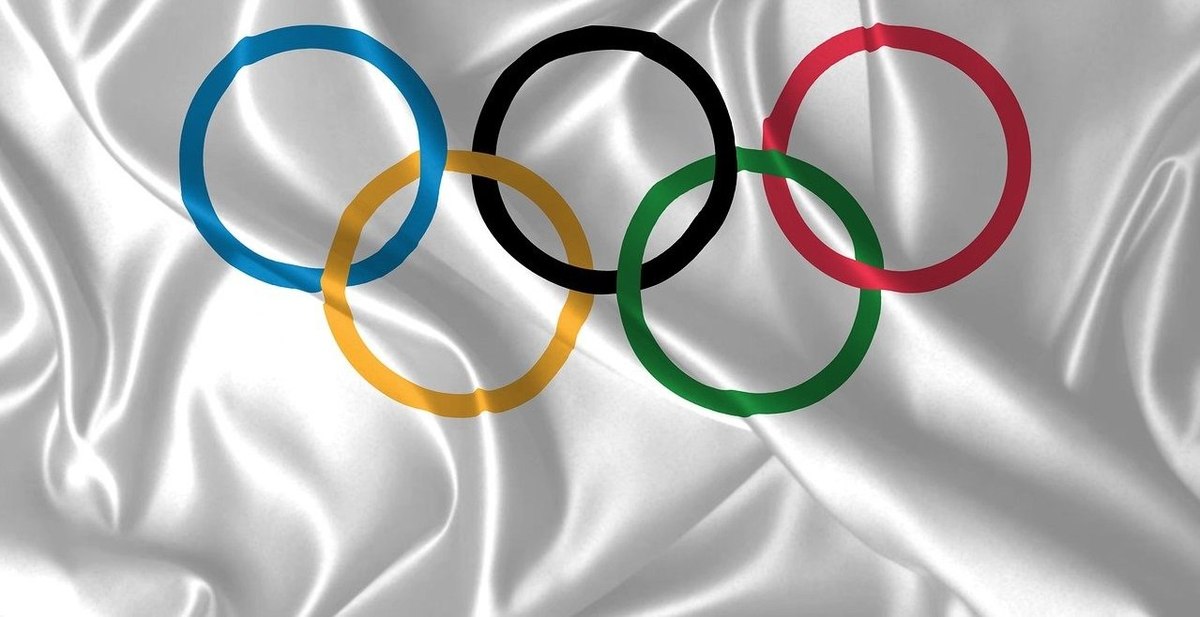
How are viewers planning to follow the Paris Olympics?
Let the Games begin! A new YouGov report explores how people are following the 2024 Olympics.
The Paris 2024 Olympics begin later this month, and viewers all over the world will be cheering on their sporting heroes as they attempt to take home the gold (or, failing that, the silver or bronze). But how are fans actually planning to follow the events?
YouGov’s new report – Ahead of the Games: Summer Olympics 2024 – delves into the preferred platforms and viewing habits of consumers in ten countries across Europe, the Americas, APAC, and MENA.
On average across all markets, two-thirds of people who are planning to watch the games (65%) intend to follow them via TV broadcasts. Depending on the market, this can be higher or lower (81% plan to watch the Games on TV in Italy; 74% in the UK) but – with the exception of the UAE (46%), the rule is that most plan to watch the 2024 Olympics on the small screen.
Other platforms are far less popular, and have far more variation from market to market. For example, across all markets, three in ten viewers (29%) say they plan to follow the games via online streaming. Among consumers in the UAE, this increases to 49% – but this declines somewhat in the American markets in our study (Mexico 38%; Canada 35%; US 32%) and considerably more in the European markets we surveyed (Spain 27%; GB 25%; Italy 23%; France 22%; Germany 20%). Whether it’s a question of availability or interest, Europe seems less interested in following the 2024 Games this way.
It's a similar situation with social media updates – 28% on average say they’ll consume information about the Paris Olympics this way, maxing out at 48% in the UAE and falling to 16% in Germany. People are somewhat less likely to follow the Games via news sites (26% on average), although Canadians (33%) and Australians (33%) are most likely to do so.
The least popular way to catch the 2024 Olympics is via live broadcast at a venue (10%) – although again, UAE respondents are more likely than others to leave the house for the sake of catching the swimming or cycling (26%).
So if the world has gone digital-first in other respects, the Olympics remains an exception. That said, the TV audience for the games certainly skews older: if we ask viewers aged 18-34 how they plan to follow the action, 47% cite the small screen – rising to 73% among over 35s.
Younger audiences are more likely to favour online streaming (39% vs. 26%), social updates (37% vs. 24%) and watching the events live from a venue broadcasting the games (15% vs. 6%). The two age cohorts are about on par when it comes to consuming the Olympics via news coverage (25% vs. 26%).
Glued to the TV or catching the highlights: How much Olympics content do viewers want?
In a packed summer for sports, just how much of the 2024 Games do viewers actually want?
On average, 9% say they anticipate being glued to their devices, watching as many events as they can – while 44% plan to watch multiple events live. Some 29% are more relaxed, planning to stay up to date via highlights or other catchup content.
Another fifth (20%) say they intend to keep posted by watching the news. There is some variation from market to market – again, consumers in the UAE are more vigorous in their enthusiasm for the Olympics, with 18% expecting to be “glued” to their screens, while German excitement is more muted – but there isn’t too much deviation from the average. At least two in five consumers in our study, and in some markets considerably more, plan to watch the games live and often.
So how do you take advantage of this audience? The full report provides deep-dive insights into how they think, feel, and behave ahead of the 2024 games – with data on everything from top sports and brand sponsor recognition, among other things. To find out more, download it here.